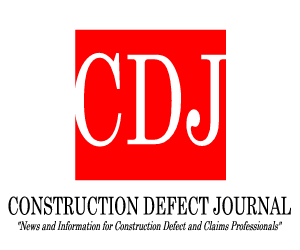
Showtime’s black comedy follows Emma Stone and Nathan Fielder as architects who specialize in high-performance homes. Building experts have questions.
In the fifth episode of Showtime’s The Curse, two potential buyers are touring a boutique house in Española, a soon-to-be gentrified Santa Fe neighborhood when one of them makes a remark about the temperature. “Sorry, can I get a water? It’s just really hot in here,” he says, airing out his sweat-stained shirt. The quirky home’s architect-slash-developer, played by Emma Stone, says, “Sure!” and without skipping a beat, continues to explain the virtues of her passive house design: The home functions like a thermos, with no need for air conditioning — unless any air escapes the house. Then it takes five to seven hours for the room to recover.
Owning a passive house sounds like a nightmare, right? If you’re buying a one-of-a-kind, mirror-clad spec house from Stone and co-star Nathan Fielder, it may well be. On The Curse, the two play a do-gooder couple attempting to make an HGTV series (with Benny Safdie) about turning regular houses into carbon-neutral passive homes.
Odd things happen to Stone and Fielder over the show’s first season: trouble with the laws of gravity, the trials of a failing marriage and a literal curse from a small child. But the weirdest might be the show’s portrayal of passive house design, an energy-efficient design standard that has been around since the 1970s. Passive building, which has its origins in Europe, relies on advanced construction methods to seal a structure in an airtight envelope, thereby reducing energy consumption for heating and cooling by as much as 75%.




